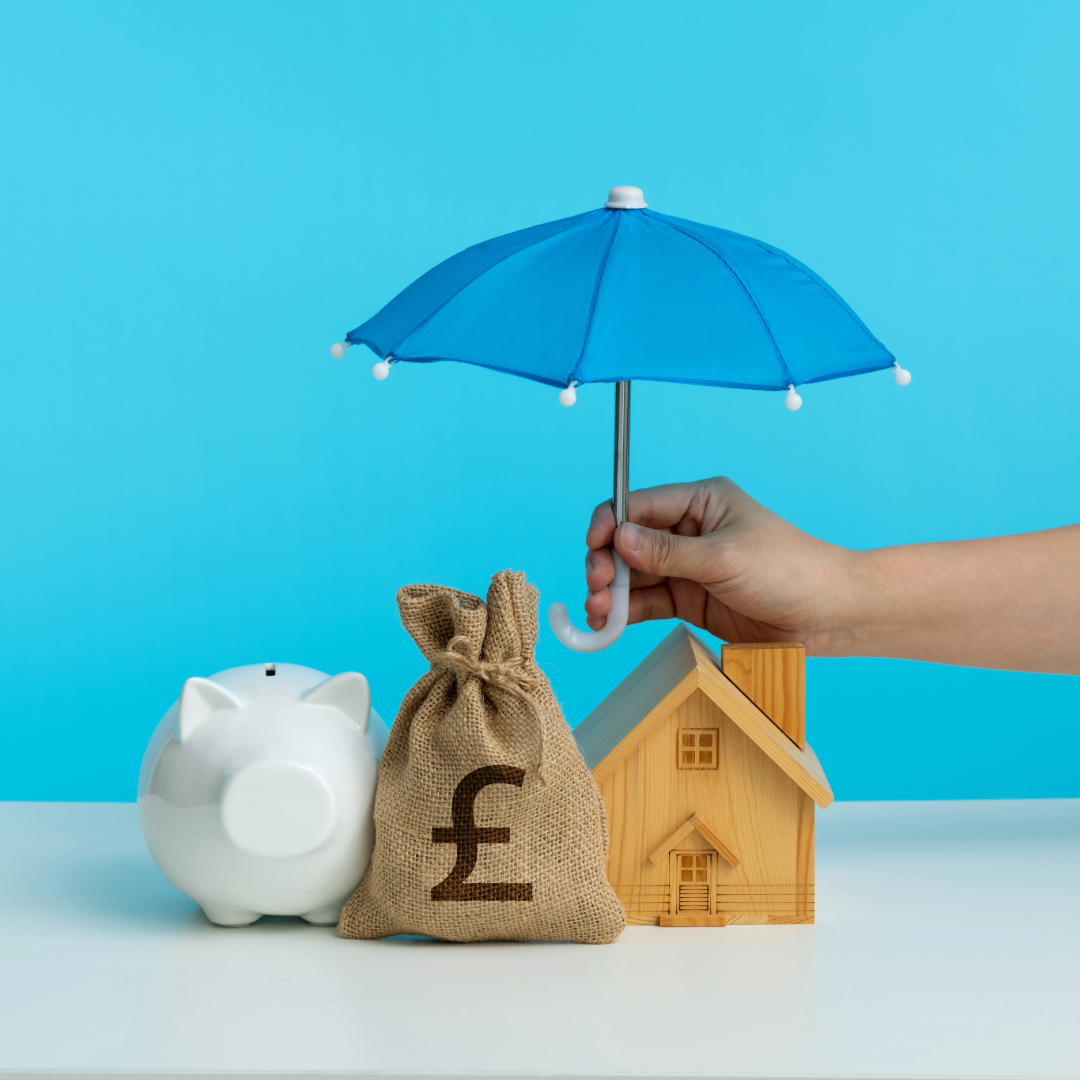
Here are 6 ways to lower your tax and help you keep more of your hard-earned cash to help boost your financial well-being.
Income Tax Allowance
Every person has a personal allowance of £12,570. Any income received within this allowance will be tax-free.
‘Income’ isn’t just what you get from work, it includes pension income, rental income and income from savings.
If you haven’t already used your personal allowance, it is worth checking to see if you can withdraw income from tax-free sources.
If you earn over £100,000, including any bonuses, you will lose your personal allowance. You can reclaim your personal allowance by paying it into your pension.
Marriage Tax Allowance
Marriage Allowance lets you transfer £1,260 of your Personal Allowance to your husband, wife or civil partner.
This reduces their tax by up to £252 in the tax year (6 April to 5 April the next year). To benefit as a couple, you (as the lower earner) must normally have an income below your Personal Allowance – this is usually £12,570.
When you transfer some of your Personal Allowance to your husband, wife or civil partner, you might have to pay more tax yourself, but you could still pay less as a couple.
You can backdate your claim to include any tax year from 5 April 2020 that you were eligible for Marriage Allowance. Your partner’s tax bill will be reduced depending on the Personal Allowance rate for the years you’re backdating.
See if you are eligible to claim
Personal Savings Allowance
Most people are allowed to receive some savings interest tax-free:
- For non or basic-rate taxpayers, you’re allowed up to £1,000 per year.
- For higher-rate taxpayers, it’s £500 per year.
- For additional rate taxpayers, nothing!
Although this might not sound like a lot, with higher rates on cash savings, it doesn’t take much to hit the threshold.
For example, £20,000 of savings, providing an interest rate of 5.00%, will pay £1,000 of savings interest.
And remember, each person gets this allowance. So if you hold savings jointly with your spouse or partner, you can use both your allowances.
Your allowance applies to interest from:
- bank and building society accounts
- savings and credit union accounts
- unit trusts, investment trusts and open-ended investment companies
- peer-to-peer lending
- trust funds
- payment protection insurance (PPI)
- government or company bonds
- life annuity payments
- some life insurance contracts
Savings Rate Band
You may also earn up to £5,000 of interest without paying tax on it. This is your starting rate for savings.
The more you earn from other income (for example, your wages or pension), the less your starting rate for savings will be.
You’re not eligible for the starting rate for savings if your other income is £17,570 or more. If your other income is less than £17,570, then your starting rate for savings is a maximum of £5,000.
Every £1 of other income above your Personal Allowance reduces your starting rate for savings by £1.
ISA Allowance
All of us have an Individual savings account (ISA) allowance of £20,000.
An ISA is a tax wrapper that can hold cash or stocks and shares completely tax-free, no matter how much it earns.
There are now seven options (lifetime, Junior, Innovative Finance, stocks and shares, and cash). Include the help-to-buy ISA (which you can still hold but no longer open) and the soon-to-be-released British ISA.
Cash ISAs are the most popular by a country mile; from 2021 to 2022, 11.7 million ISAs were opened, and 7.1 million were cash accounts. They saw a net inflow of almost £50 billion in 2023, and this trend is expected to continue growing in 2024.
Cash ISAs are the most popular option, but if you want your money to work harder and are happy to take some risk, investing over the longer term might create a more flourishing pot.
Pension Annual Allowance
The current annual pension allowance is £60,000 meaning this is the maximum you can pay into a pension in the tax year 2024/25 or 100% of your earnings, whichever is lower.
Even if you have no income, you can contribute £2,880 net per year to a pension.
The benefit to using your pension annual allowance is that funds contributed to a pension receive pension tax relief.
As an example, if you paid a lump sum of £2880 into a pension that would immediately become £3600 overnight with the addition of tax relief.
In some instances, you can even go back 3 tax years and claim any unused pension allowances.
All funds held inside a pension grow tax-free and, on death, are not included for inheritance tax.
When taking benefits, there are ways you can take tax-free income as opposed to putting a lump sum in your bank and maybe paying tax on it.
Outside of tax-free cash, pension income is classed as earned income and may be subject to tax.
Contact us if you want to discuss your financial planning.
